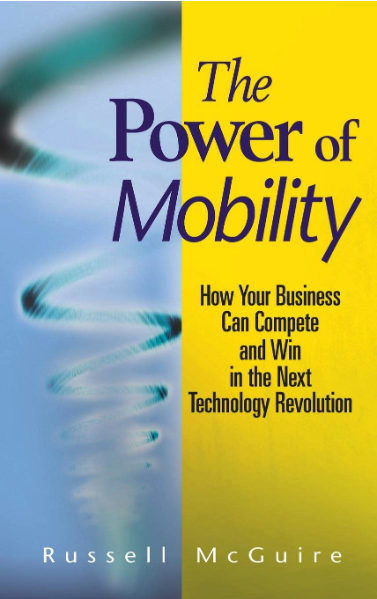
Remember the mid-1990s? This thing happened called the Internet. Yeah, we technologists know the Internet didn’t happen in the 1990s, it had already been happening in the 1970s and the 1980s, but it really happened in our homes and businesses in the mid-1990s.
Depending on your corporate culture, the nature of your business and workforce, and what side of the bed you woke up on that day, when you saw the Internet wave about to hit the shores of your business infrastructure, you either said, “Oh wow!” or, “Oh no!”
For the rest—almost everyone—in the “Oh no!” camp, you saw the incredible dangers that the Internet represented to your business. As departments within your company started connecting systems to the Internet, they were opening up holes for hackers to break into your critical operations. As users browsed the Web or opened e-mail attachments, they unleashed viruses that quickly spread across the enterprise. As employees could get to anything on the Net—they did—sapping productivity and potentially opening the business up to lawsuits. As users increasingly moved out of the four walls of your business buildings, they still expected “desktop” support, stretching your already thin resources. And the demand for precious budget dollars to buy, implement and support rapidly expanding Internet pipes, Web servers and content servers of every flavor, firewalls, anti-virus-spam-spyware software continued to grow, even as IT budgets were shrinking.
Whatever your perspective, the reality is that the Internet was a huge focus for all businesses for the next decade—both in capturing the power of the Internet and managing the danger. But guess what: That’s nothing new. We jumped through the same hoops from the mid-1980s to the mid-1990s as our businesses adopted the PC, moving computing power out of the safe, yet-constrained environment of the datacenter onto virtually every employee’s desktop. We spent a decade running to catch the power of the PC to create competitive advantage for our company while wrestling to bring the dangers of the PC under control. That’s our job. It’s what we do, and we’re good at it.
Russ McGuire wrote The Power of Mobility in 2006 when that cycle was about to start all over again. In 2005, he had made an observation as profound as Moore’s Law or Metcalfe’s Law. McGuire’s Law of Mobility observes that “the value of any product or service increases with its mobility.”
In The Power of Mobility, McGuire predicted that smartphones, mobile apps, and the Internet of Things would have as significant of an impact on we live our lives, how businesses operate, and how industries compete as the PC did in the 1980s and the Internet did in the 1990s. In January 2007, Russ submitted his manuscript for the book, and Apple introduced the iPhone. The rest, as they say, is history.
In addition to predicting these changes, McGuire also provided a seven step framework that businesses could follow to be prepared for the new Mobility Age.
(Note, as an Amazon affiliate, SDG Strategy earns a commission for sales through Amazon links.)
